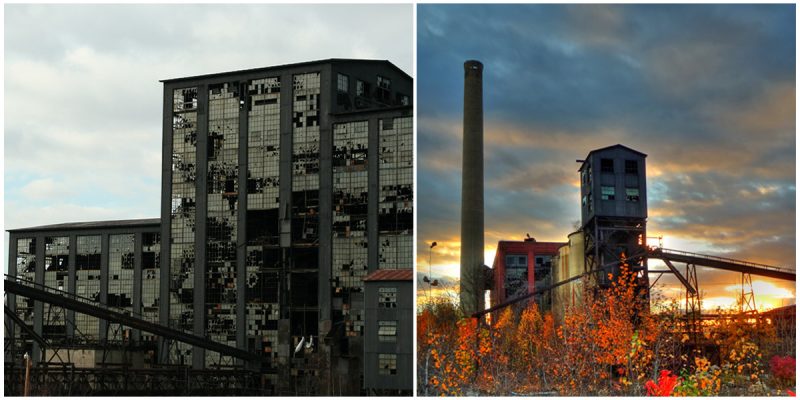Blue Coal’s Huber Breaker was a landmark located in the borough of Ashley, Hanover Township, Luzerne County, Pennsylvania, USA. It was the last of the great anthracite coal cleaning and processing plants. The breaker was built in 1939 to replace the Maxwell Breaker, a wooden structure built by the Lehigh & Wilkes-Barre Coal Company located at the colliery.
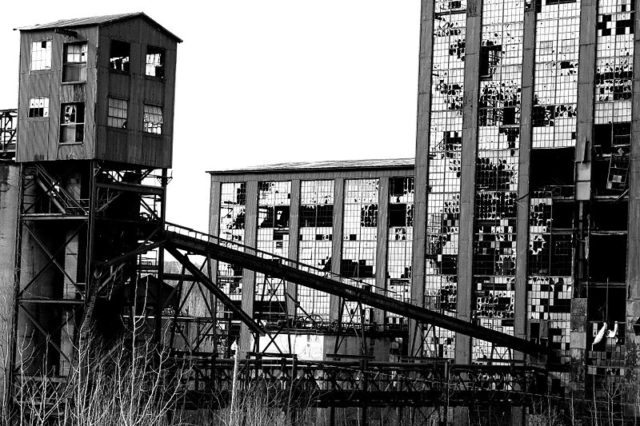
It was built with some unique features, such as extensive window glass to utilize the most daylight possible, as well as tar coated sheet metal to reduce rust damage.
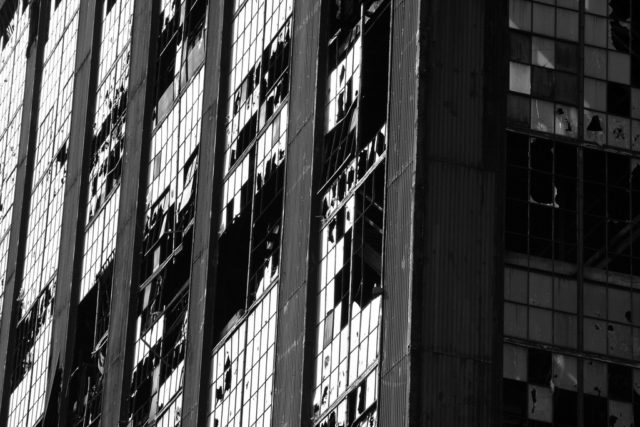
Run-of-mine coal arriving at the breaker was washed and cleaned to remove impurities, principally slate. It was crushed and screened to specific sizes desired by customers. Considered an ultra-modern plant when constructed, it used Menzies Cones to separate coal from waste. The breaker was operated by the Blue Coal Corporation, a subsidiary of the Glen Alden Coal Company. It processed 7,000 tons of Anthracite coal per day, more than any other in the region. Railcars were loaded underneath the breaker and shipped to markets. The final product was sprayed with a blue dye and sold as “Blue Coal.”
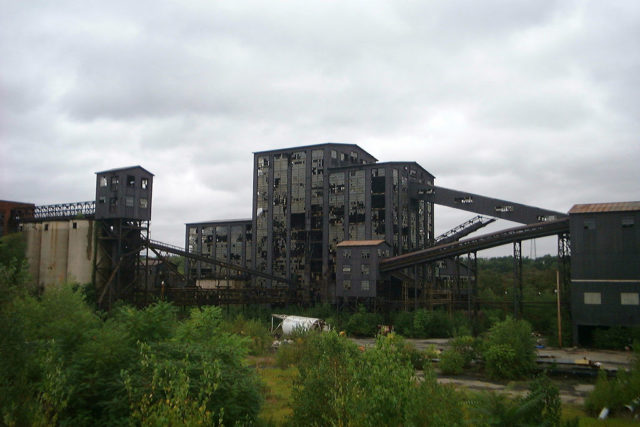
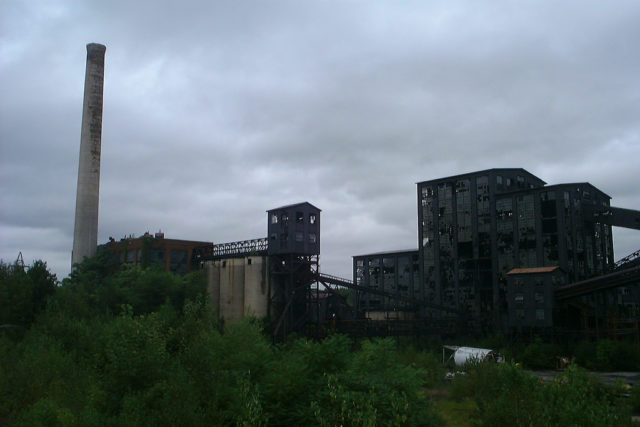
In 1976, Blue Coal declared bankruptcy and ceased operations after the long decline of the anthracite industry after World War II. The Huber Breaker Preservation Society was formed in 2001 and hoped to re-use the property as a historical site and park that will serve to recognize and honor the memory of the thousands that worked at the Huber Breaker and its surrounding collieries.
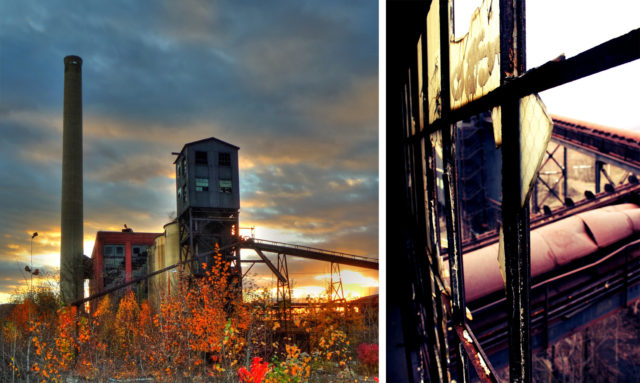
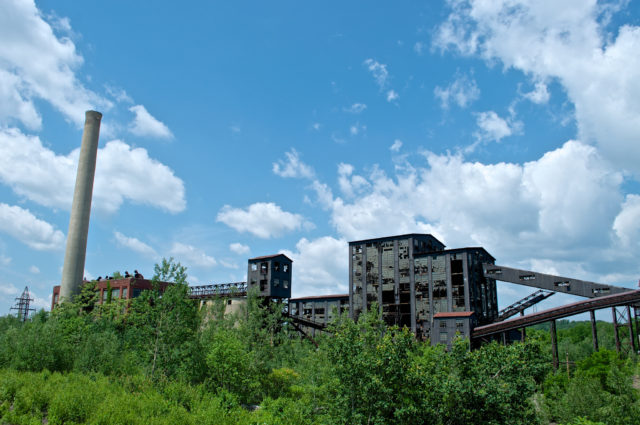
A Philadelphia salvage dealer named Paselo Logistics LLC. bid $1.28 million for the breaker and 26.58 acres of land in August 2013 and the U.S. Bankruptcy Court approved the sale. The Society lost its bid to purchase the breaker in a final attempt to save the landmark and, unfortunately, in spite of the tireless efforts of the Huber Breaker Preservation Society, the historic anthracite coal breaker was demolished in 2014. Demolition started on the breaker’s outbuildings in the week of January 24, 2014, and the Huber Breaker’s main building was demolished on April 24, 2014.
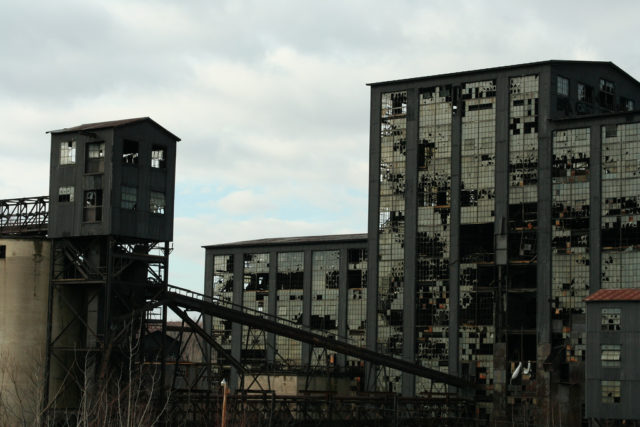
The last structure of the colliery, the powerhouse, was demolished in August 2014. The issue of whether asbestos was properly handled during demolition is still generating controversy among Ashley residents, Ashley Borough, and the Pennsylvania Department of Environmental Protection. The Society continues to raise funds to complete the park.
